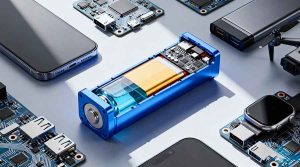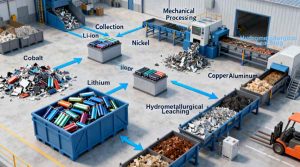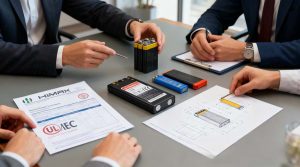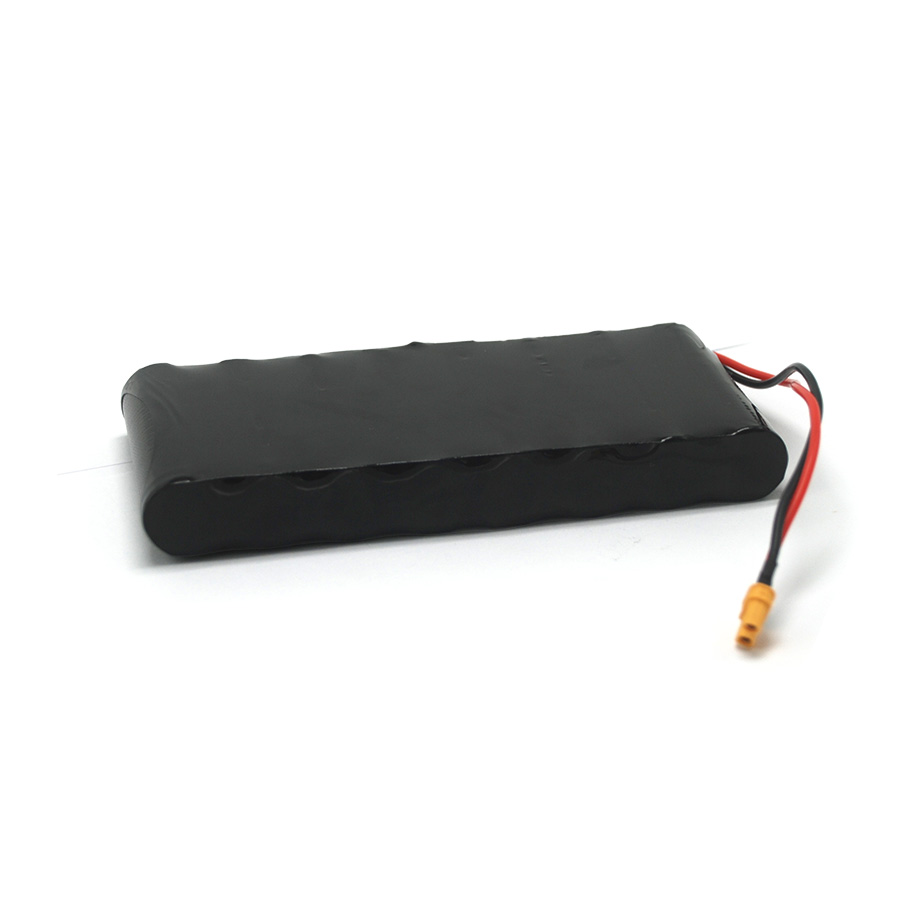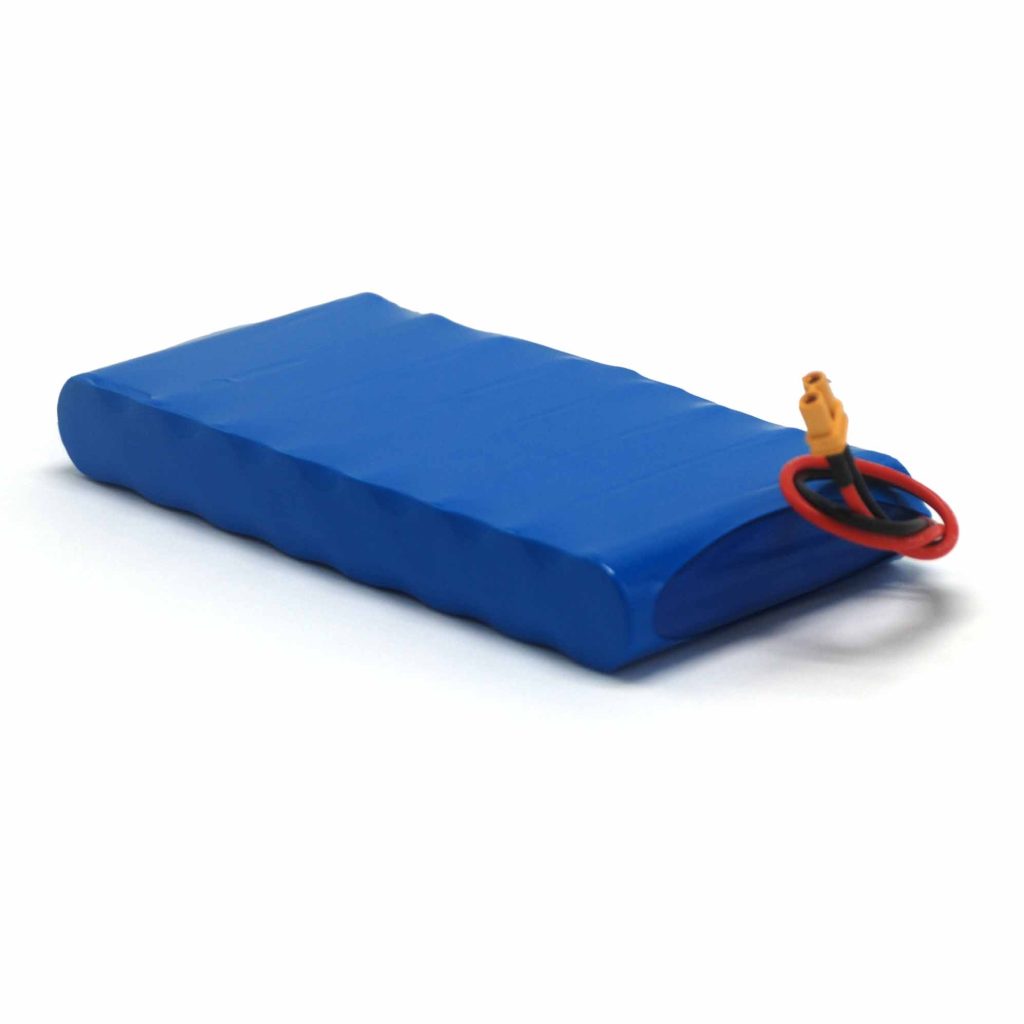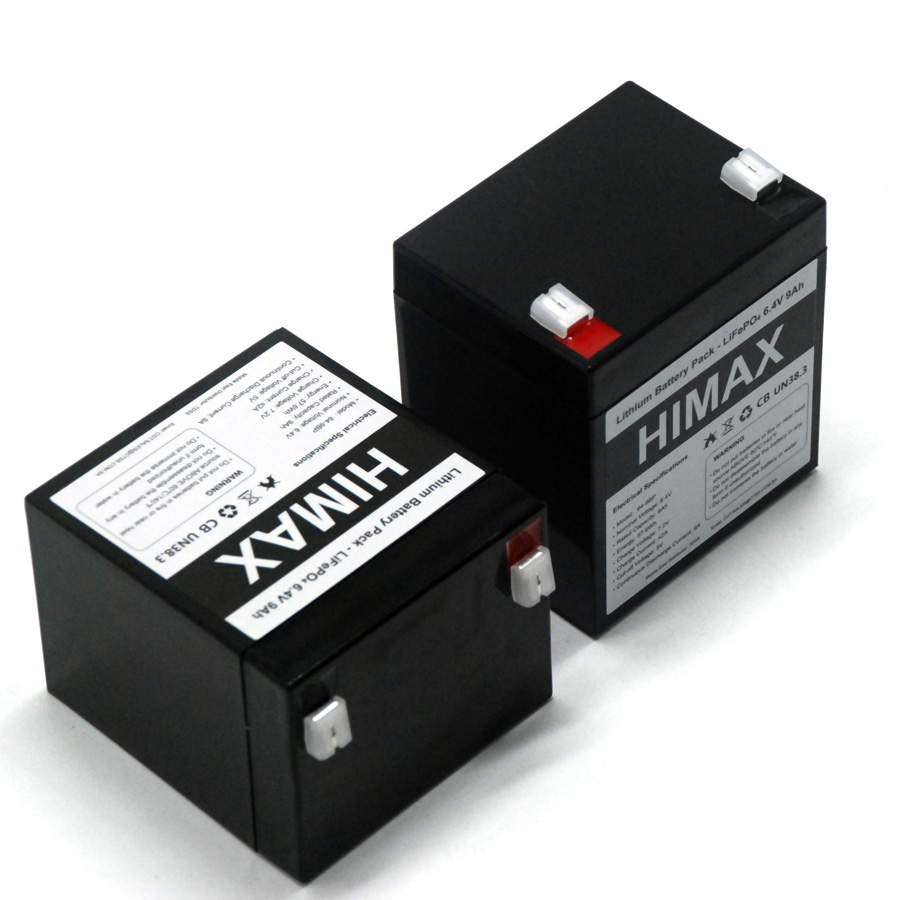Bringing a high-performance robot battery to market demands more than engineering finesse—it requires rigorous battery certification to meet global safety standards. In this guide, we’ll walk you through the core requirements of UL 2580 and IEC 62619, detail the step-by-step certification process, outline the essential documentation, and share how Himax helps customers breeze through approvals. Let’s dive in!
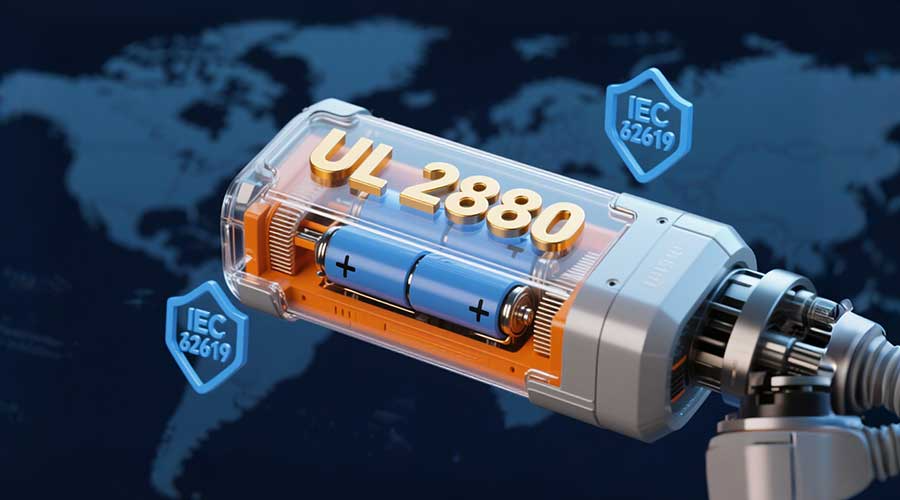
1. Why UL 2580 & IEC 62619 Matter for Robot Battery Compliance
Whether you’re powering an AGV in a warehouse or an autonomous service robot, third-party certification isn’t optional.
· Market access: Many distributors, integrators, and end-users mandate UL 2580 and IEC 62619 marks before accepting any robot battery.
· Safety assurance: These standards prove your pack can withstand abuse—overcharge, short-circuit, mechanical shock, even fire.
· Brand trust: Certified products signal quality and reliability, giving your customers confidence in every cycle.
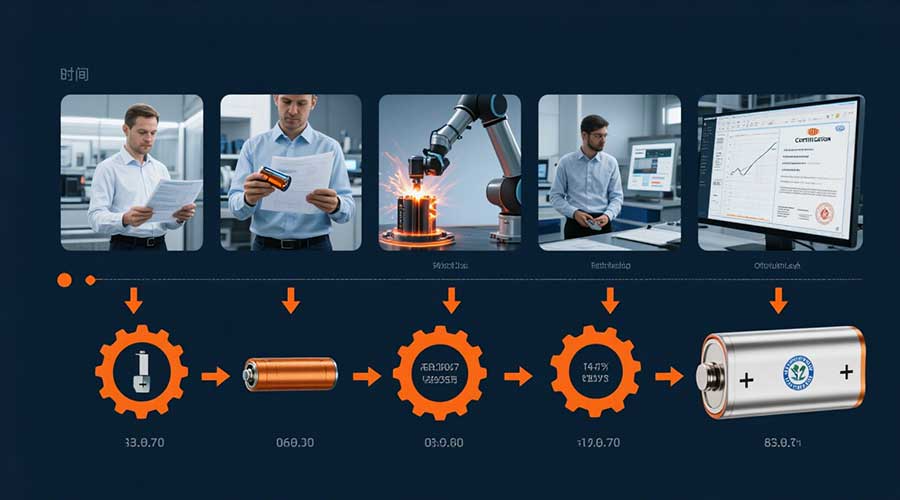
2. Core Requirements of UL 2580 & IEC 62619
UL 2580: Batteries for Electric Vehicles & Mobile Equipment
· Scope: Covers complete rechargeable battery packs installed in electric vehicles, automated guided vehicles (AGVs), and other mobile platforms.
· Key Tests:
o Electrical abuse: Overcharge, over-discharge, external and internal short-circuit
o Mechanical abuse: Impact, crush, drop, vibration
o Thermal abuse: Heat-soak, thermal cycling, fire exposure
o Environmental: Humidity, salt spray, and vibration
IEC 62619: Secondary Cells and Batteries for Industrial Applications
· Scope: Applies to individual cells and complete battery assemblies used in industrial settings—including robotics, energy storage, and backup power.
· Key Tests:
o Electrical safety: Short-circuit, overcharge, forced discharge
o Mechanical endurance: Shock, vibration, free fall
o Thermal stress: Thermal runaway, hot-box testing
o Functional safety: Validation of protective circuits and thermal management
3. Step-by-Step Certification Process
1. Pre-Assessment & Sample Submission
o Engage with an accredited laboratory (UL, TÜV, or similar).
o Submit representative samples along with preliminary design files.
- Third-Party Testing (4–8 Weeks)
o The lab executes each required test—electrical, mechanical, thermal, and environmental.
o Expect detailed data logs, thermal camera footage, and test reports.
- Report Review & Remediation
o Analyze test results to identify any failures or borderline readings.
o Implement targeted design tweaks (e.g., enhancing BMS thresholds, reinforcing casings, improving thermal barriers).
- Final Approval & Marking
o Upon passing all tests, you receive a formal certification report.
o Apply the UL 2580 or IEC 62619 mark to your datasheets, packaging, and marketing materials.
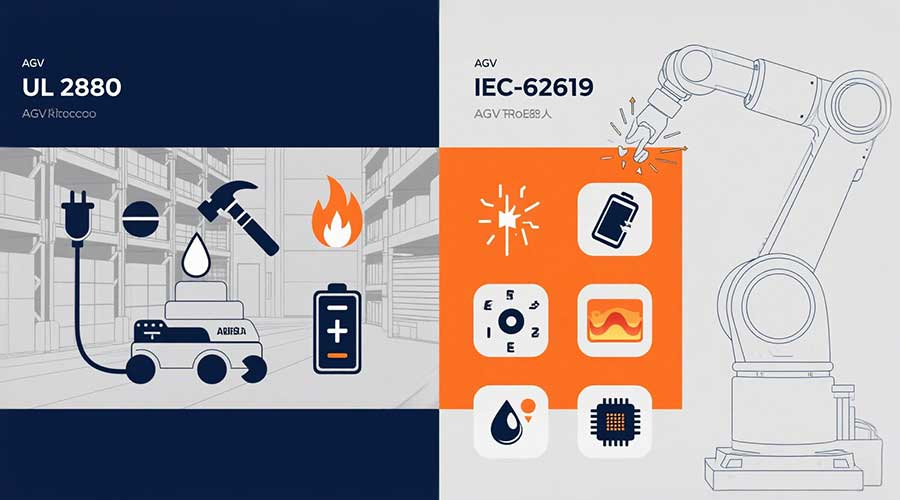
4. Essential Documentation Checklist
To streamline your battery certification, prepare:
· Technical Dossier
o Electrical schematics, BMS firmware description, and thermal management schematics
o Bill of Materials (BOM) with cell manufacturer data sheets
· Risk Assessment
o FMEA (Failure Mode & Effects Analysis)
o Hazard analysis for thermal runaway scenarios
· Quality & Factory Audits
o Process flow charts (IQC, IPQC, OQC)
o Calibration records, operator training logs, and traceability systems
Having these documents organized in advance often cuts certification time by weeks.
5. Himax’s Fast-Track Certification Playbook
At Himax, we’ve honed our approach across dozens of robot battery projects:
- Early Alignment
o Our engineers co-author test protocols with your team, ensuring sample designs meet lab expectations from Day 1.
- In-House Pre-Testing
o We run quick checks—short-circuit, crush, and thermal soak—in our lab to catch issues before formal submission.
- Concurrent Documentation
o While samples undergo testing, our technical writers prepare the FMEA and quality manuals in parallel.
- Proactive Lab Collaboration
o Weekly sync-ups with testing engineers allow us to address red-flag items immediately, often avoiding full retest cycles.
Thanks to this integrated workflow, our clients typically achieve UL 2580 or IEC 62619 certification 20% faster than the industry average.
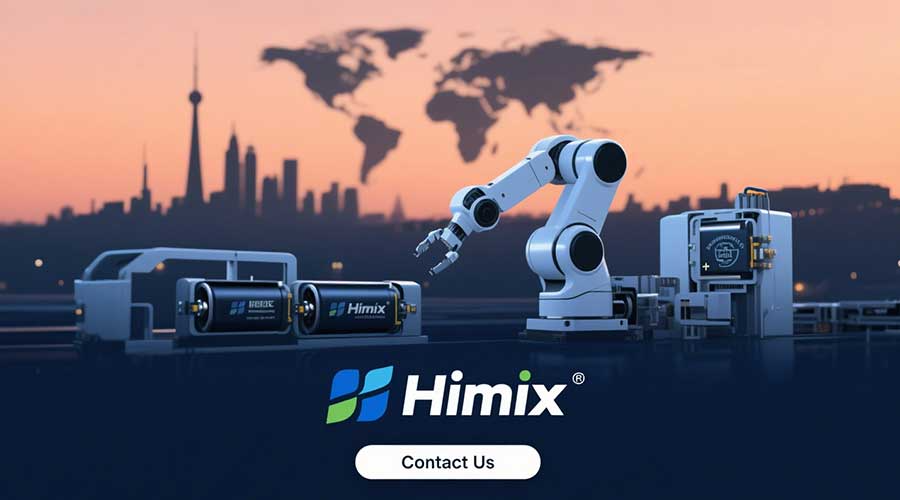
6. Take the Next Step Toward Compliance
Achieving robot battery compliance with UL 2580 and IEC 62619 is a significant milestone. It elevates your product’s safety profile, expands market reach, and builds customer trust. If you’re ready to fast-track your certification journey, Himax offers:
· One-stop design review, testing, and documentation support
· Accredited lab partnerships for smooth approvals
· Post-certification support and re-audit readiness
Contact Himax today to secure your robot battery’s place in the certified marketplace!

